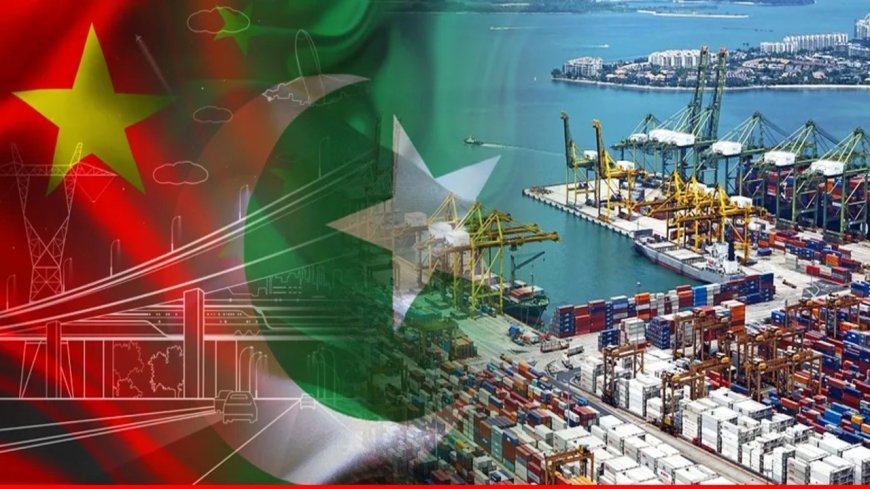Islamabad: Prime Minister Shehbaz Sharif recently lauded the transformation of Shenzhen from a humble fishing village into a global technology and innovation hub. With its GDP skyrocketing from $40 million in 1978 to an impressive $500 billion today, Shenzhen stands as a beacon of economic success and rapid development.
Inspired by Shenzhen's achievements, Prime Minister Shehbaz Sharif expressed Pakistan's aspiration to adopt elements of the Shenzhen model for its own development initiatives. However, translating Shenzhen's success to Pakistan poses significant challenges, prompting a closer examination of the factors that drove Shenzhen's transformation.
Factors Driving Shenzhen’s Transformation
Shenzhen's evolution began with strategic political and economic reforms initiated by China. These reforms granted Shenzhen greater autonomy and decision-making power, starting with its elevation to provincial status in 1988 and the introduction of legislative authority in 1992. These moves empowered Shenzhen to streamline processes, attract foreign investment, and implement innovative policies like the "government approval within 24 hours" concept.
The establishment of Special Economic Zones (SEZs) in Shenzhen was pivotal, offering investors streamlined registration processes, essential services, and robust infrastructure. Local governments played a crucial role by providing comprehensive support services and facilitating an investor-friendly environment.
Challenges for Pakistan
In contrast, Pakistan faces several hurdles in replicating Shenzhen's success. The China-Pakistan Economic Corridor (CPEC) Authority, intended to expedite CPEC projects, has struggled due to political opposition and bureaucratic hurdles. Political parties often prioritize credit-seeking over collaborative governance, complicating efforts to implement unified strategies for development initiatives like CPEC.
Moreover, inter-provincial conflicts and a weak chain of command between federal and provincial governments have hampered progress. The absence of functional local governments further exacerbates infrastructure challenges and delays essential service provisions crucial for economic zones.
Path Forward
Despite these challenges, there are opportunities for Pakistan to learn from Shenzhen's model, particularly through initiatives like the Special Technology Zones (STZs). However, meaningful progress will require political consensus, streamlined governance, and a commitment to empowering local governments to facilitate effective project implementation.
As Pakistan navigates its development journey, the lessons from Shenzhen underscore the importance of visionary leadership, institutional reforms, and cohesive governance structures to achieve sustainable economic growth and development.
In conclusion, while the Shenzhen model offers valuable insights, adapting it to Pakistan's unique socio-political landscape requires overcoming formidable challenges and fostering a conducive environment for investment and innovation.








